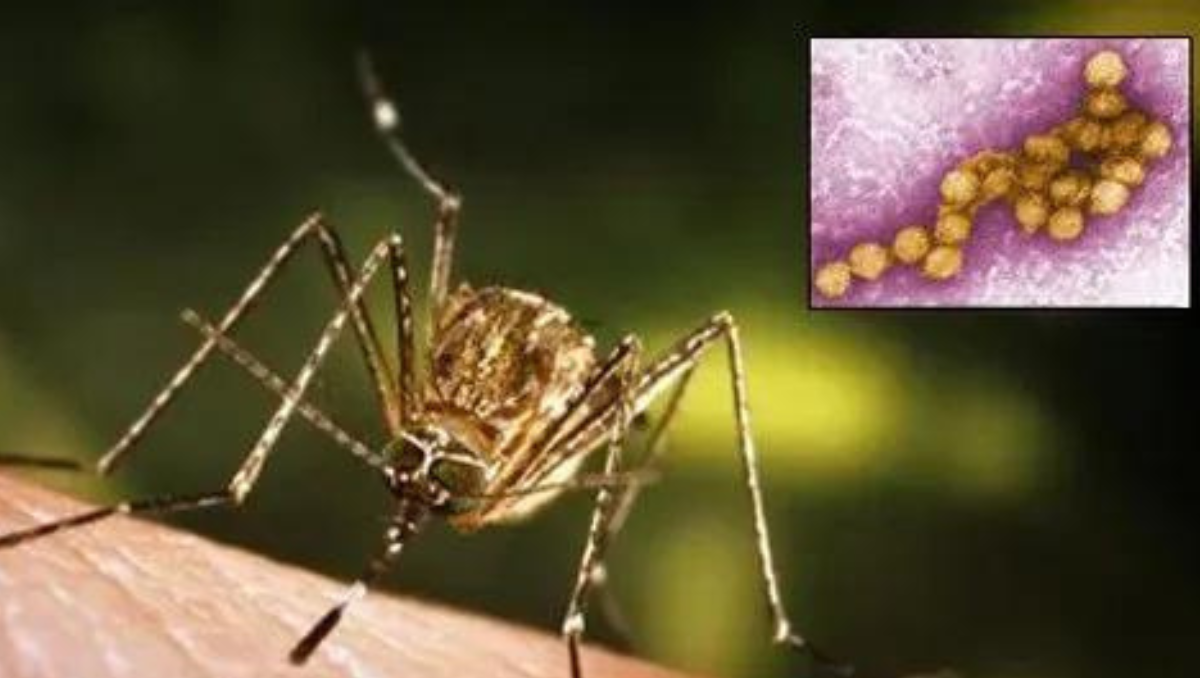Kerala Sounds Warning on West Nile Virus Before Monsoon; Neighboring States on Guard
As Kerala braces for its annual monsoon season, the state has already begun grappling with an early outbreak of West Nile Virus (WNV), highlighting the ongoing challenges posed by vector-borne diseases in the region. The Health Department issued an official alert on May 7, marking the start of what could be a difficult season for public health officials and residents alike.
Endemic Presence and Current Scenario
West Nile Virus is not new to Kerala. The state has been dealing with it for over two decades, and this year is no exception. So far, 20 suspected cases have been reported, with 10 confirmed cases and two deaths currently under investigation. The virus’s endemic nature means that 80% of cases are asymptomatic, making the true extent of the outbreak difficult to ascertain. For every officially reported case, there could be numerous unreported and asymptomatic cases within the community.
Symptoms and Diagnostic Challenges
In symptomatic cases, patients typically exhibit a range of flu-like symptoms including fever, headache, fatigue, myalgia, nausea, vomiting, and sometimes swollen lymph glands. However, only a small fraction of those infected develop severe disease. Approximately 1 in 150 cases can escalate to severe illness, including neuroinvasive conditions such as encephalitis or meningitis. This makes diagnosis particularly challenging, as these symptoms overlap with other mosquito-borne diseases such as Japanese Encephalitis (JE) and dengue. Consequently, WNV is often considered only when patients exhibit neuroinvasive symptoms, and many cases likely go undiagnosed during the acute phase.
Historical Context and Transmission
Kerala’s history with WNV is marked by several significant outbreaks. In 1996, the state experienced its first reported acute encephalitis syndrome (AES) outbreak in the Kuttanad region, resulting in 105 cases and 31 deaths. Another outbreak followed in 1997, causing 121 cases and 19 deaths. These events highlighted the virus’s capacity to cause serious illness and underscored the importance of effective surveillance and response measures.
WNV is primarily transmitted by Culex mosquitoes, which breed in stagnant water bodies such as paddy fields. The virus maintains its cycle in nature through a mosquito-bird-mosquito transmission pattern, with over 250 species of birds acting as reservoir hosts. This complex transmission cycle poses significant challenges for control and prevention efforts.
Public Health Response and Neighboring States
The early onset of WNV cases has prompted Kerala’s health department to issue a public health alert, urging residents to take protective measures against mosquito bites. This includes the use of mosquito nets, repellents, and eliminating stagnant water around homes. The state is also focusing on enhancing surveillance systems to better detect and respond to outbreaks.
Neighboring states are on high alert, recognizing the potential for WNV to spread beyond Kerala’s borders. Coordination and preparedness are essential to prevent wider outbreaks. Improved diagnostic facilities and comprehensive surveillance are critical to identifying new pockets of WNV activity and mitigating its impact.
Long-Term Health Implications
While WNV rarely results in fatal outcomes, it can cause significant long-term health issues. Neurological sequelae, including cognitive dysfunction, memory loss, seizure episodes, and motor deficits, have been reported. Studies suggest that WNV can persist in the kidneys, potentially leading to chronic kidney disease. These long-term effects underscore the need for continued research and public health initiatives focused on prevention and management.
Preventive Measures and Future Directions
Public health experts emphasize the importance of raising awareness about the risks of mosquito bites and promoting personal protective measures. Comprehensive vector control strategies must extend beyond the control of Aedes mosquitoes, which are primarily responsible for spreading dengue, to include Culex species as well. Investing in science and adopting a One Health approach—considering human, animal, and environmental health in tandem—is crucial for managing vector-borne diseases effectively.
In conclusion, Kerala’s current situation with WNV serves as a reminder of the persistent threat posed by vector-borne diseases. As the state and its neighbors remain vigilant, the focus must be on proactive measures, improved surveillance, and community engagement to safeguard public health during the upcoming monsoon season and beyond.
